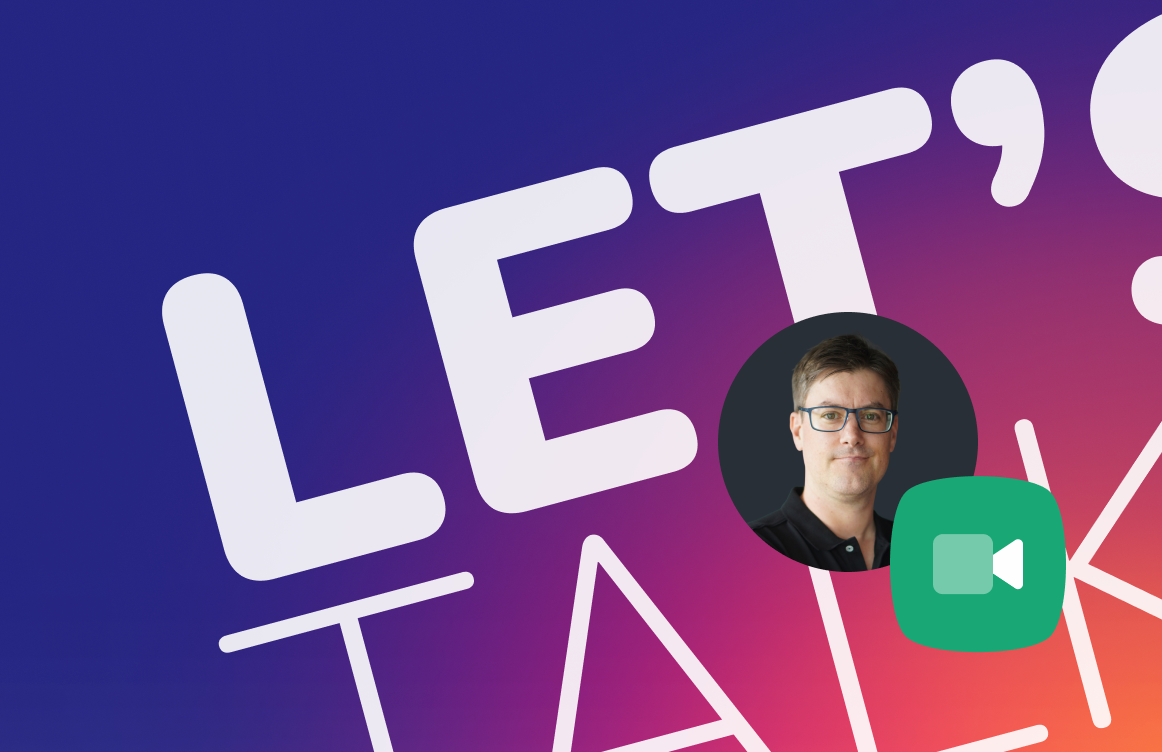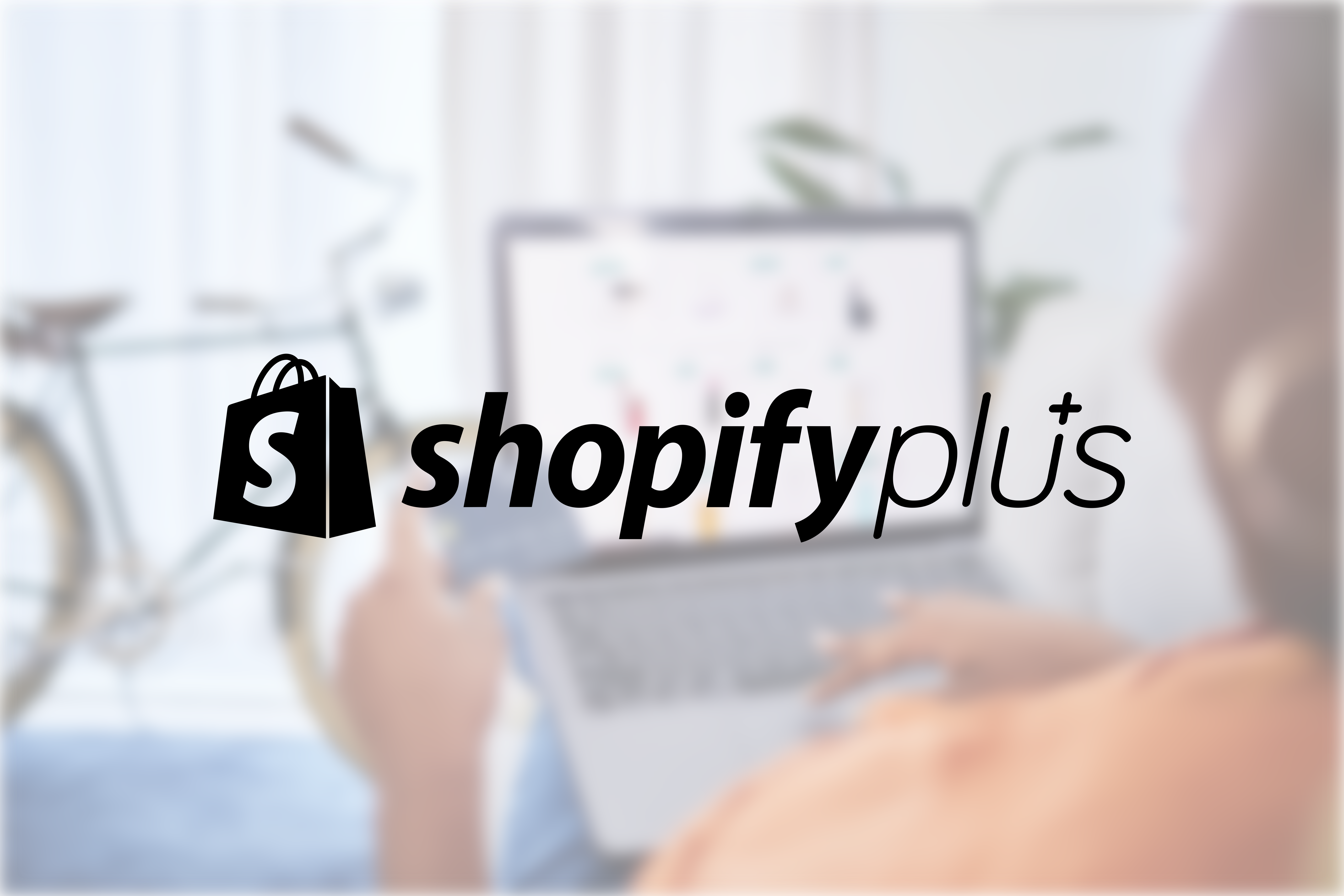The Content Dilemma: Native Shopify vs. Headless Architecture
When building or replatforming an e-commerce site on Shopify, every merchant faces a crucial decision: where should the content (pages, blogs, marketing copy, etc.) live?
Shopify provides a powerful, built-in content management system (CMS) accessible through the Admin Panel—it manages product descriptions, basic pages, blog posts, and uses sections and blocks within a Liquid theme to structure them. This approach, often paired with a traditional Liquid theme, is standard, efficient, and user-friendly.
However, as businesses scale and their marketing needs become more complex, the native CMS hits limitations. This is where a Headless CMS—like Storyblok, Contentful, or Contentstack—paired with a custom frontend framework like Shopify Hydrogen (React/Remix), becomes necessary.
The Core Difference: Coupled vs. Decoupled Content
The key distinction lies in coupling – comparing Native CMS (Liquid Theme) vs. Headless CMS (Hydrogen Frontend):
Architecture
Native CMS: Coupled. Content and Presentation are fused.
Headless CMS: Decoupled. Content is stored separately from presentation.
Content Delivery
Native CMS: Content is rendered on the server via Liquid templates.
Headless CMS: Content is delivered via API (JSON/GraphQL) to a custom React frontend.
Merchant Experience
Native CMS: Visual Theme Editor is the primary content tool.
Headless CMS: CMS-specific editor (often with visual preview) is used; no Theme Editor.
Scope
Native CMS: Limited to the Shopify Storefront.
Headless CMS: Omnichannel. Content can be published to Shopify, apps, kiosks, etc.
Limitations of Shopify's Native CMS
While great for simplicity, Shopify's built-in CMS imposes constraints that become noticeable for growing brands:
1. Weak Relationship Modeling (Structured Content)
Shopify's CMS is primarily document-based (pages, articles). It struggles with structured content—the ability to define a piece of content once (e.g., a "Store Location" or "Author Profile") and reuse it flexibly across multiple templates and channels. While Metafields help, they can become cumbersome to manage for large-scale content models.
2. Lack of Omnichannel Delivery
Content created in the Shopify Admin is locked to the Shopify storefront. If your brand needs to use the same content for a mobile app, a smart display, a third-party retailer portal, or even a different micro-site, you are forced to re-enter or manually sync that content.
3. Subpar Content Workflows
For large marketing teams, Shopify's content tools often lack enterprise-level features like:
Granular User Permissions (e.g., separating writers, editors, and publishers).
Advanced Versioning and historical content tracking.
Complex Approval Workflows before publishing.
The Impact of Sitemap and Structure Authority
A crucial consideration is which system "owns" the main site structure and URL authority:
In a Liquid Theme: Shopify is the sole authority. The sitemap, collections, product URLs, pages, and navigation are all driven by Shopify's core mechanics. This is simple, but restricts flexibility in defining highly customized routing and landing page structures.
In a Hydrogen/Headless Setup: The Headless CMS can become the structure authority. The CMS can define the routes, which pages are rendered, and what content populates them. This allows marketing teams to rapidly launch new campaign pages, micro-sites, and customized URLs without touching Shopify's backend data models. This separation empowers marketing to move faster and reduces dependence on core e-commerce structures.
Headless CMS: Prime Use Cases
When do the benefits of a Headless CMS clearly outweigh the simplicity of the native system?
High-Volume, Multichannel Brands: You are launching content across web, mobile apps, social display feeds, and other platforms. A single content hub ensures consistency and saves tremendous time.
Highly Custom Marketing Pages: You need complex, constantly changing, and unique landing pages that go far beyond the standard Shopify section limitations (e.g., interactive quizzes, editorial content, immersive brand stories).
Complex Content Models: You need to model sophisticated content types (e.g., a Recipe Library, a structured FAQs section, or an "Expert Panel") that must be reused and queried programmatically.
Integrating with Third-Party Systems: The frontend needs content combined from both Shopify (products, prices) and another system (e.g., a separate PIM or ERP) to build a unified page experience.
Conclusion: Plan for the Future
For a merchant re-platforming, the most cost-effective and fastest route initially is often a well-built Liquid theme that maximizes the native CMS and theme editor. However, be aware of the architectural commitment:
The Headless Switch is Expensive Later: Switching from a coupled Liquid architecture to a decoupled Hydrogen/Headless stack later on means a complete and expensive rewrite of the entire frontend, as the foundation and content delivery mechanism fundamentally change.
The Proactive Investment: Choosing Hydrogen and a Headless CMS early is a larger initial investment, but it future-proofs the platform. It provides unparalleled flexibility, superior performance potential, and an architecture that can adapt to every future marketing and content channel requirement, saving money on custom development down the road.
The right decision depends on your current scale, future content ambitions, and budget. Just be sure to consciously understand the limitations of the built-in Shopify mechanics before the architecture locks you in.
Ready to explore if a Headless CMS is right for your Shopify store? With nearly two decades of experience in CMS solutions and diverse content and globalization requirements, we're here to help you navigate the complexities and build a future-proof content strategy.




